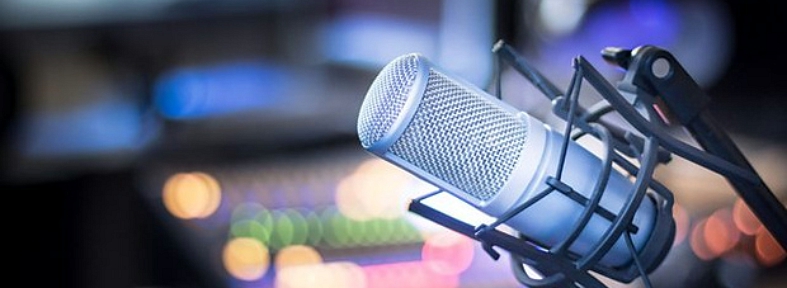Hermínia Silva was born at the São José Hospital in Lisbon, on October 23, 1907, to an unknown father and Josefina Augusta, a native of Samora Correia and widow of Manuel Joaquim Lopes Ramos for 5 years. She was baptized in the church of São José hospital on November 5, 1907, and the act of baptism was not charged due to the family’s poverty. She had two brothers: Emília, the oldest, and Artur, the youngest. When she was just eight months old, the family moved to the Castelo neighborhood.
She became a tailor’s apprentice in a tailor shop on Rua dos Fanqueiros, but soon became interested in an artistic life. A regular at the Sociedade de Recreio Leais Amigos, she ended up joining the group as an amateur in the art of acting in 1925, having sung her first fados accompanied by the piano. She soon became a notable presence at Lisbon retreats, who did not hesitate to hire her, due to the originality with which she sang Fado.
The Song of the Neighborhoods of Lisbon was in her veins, had she not been born, right there next to the Castle of São Jorge. The “stories” of Severa’s love affairs with the Count of Vimioso were still fresh in the people’s memory.
Her presence was quickly noticed at the retreats, and a few years later, in 1929, Hermínia Silva made her debut in a Parque Mayer magazine. It was the first time that Fado sold tickets in the Magazine. Some newspapers at the time referred to her as the great national star, going so far as to say that the fado singer had “a multitude of fanatical admirers”. His creative melismatics, the inclusion in Fado of less sad lyrics, sometimes with a strong slant of social criticism, and his commitment to bringing non-traditional fados to Fado and the Portuguese guitar, composed by maestros such as Jaime Mendes , composers such as Raul Ferrão, thus creating the so-called “musicized fado”, that fado whose music corresponds solely to a lyric, although composed according to the basis of Fado, and in particular, taking into account the potential of the Portuguese guitar.
Hermínia Silva thus becomes, without having planned it, one of the vertices of Fado, as it exists, as a musical style: Alfredo Marceneiro was the first vertex, that of the stylistic exploration of Traditional Fado. He would bring Fado to the large rooms of the Teatro de Revista, and would “inaugurate” the future Canção Nacional, with accompaniment from large orchestras, directed by maestros, who were also composers. Her fame reached such a point that Cinema wanted to take advantage of her success as a major figure.
In fact, nine years after making her debut in Revista, Hermínia joined the cast of Chianca de Garcia’s film, Aldeia da Roupa Branca (1938), in a role that allowed her to sing in the film. This is how she was born, what would come to be considered, the second most popular artist of the Portuguese 20th century, after Amália Rodrigues, the third apex of Fado, yet to be born.
After several presences abroad, with a special focus on Brazil and Spain, Hermínia is focusing on a more concentrated career in Portugal. Her well-known and parodied fear of flying, made many contracts that were emerging in a flurry unfeasible. But, Hermínia was in Heaven, in her Lisbon of the seven hills.
In 1943 she was called for another film, Costa do Castelo, in 1946 she starred in Homem do Ribatejo, appearing regularly on the stages of Parque Mayer, being successful with her fados and her Revista rables. In fact, she managed to achieve such success in Theater that the SNI awarded her the “National Theater Prize”, a highly coveted award at the time. Until 1969, in “The Devil Was Another”, the fado singer’s popularity filled cinema screens across the country. More magazines came, more recitals, many successful albums.
He married in Lisbon, in the Coração de Jesus church, on March 27, 1949, with Vítor Manuel Teixeira Leite Guerreiro, born in Lisbon, son of João Eduardo Guerreiro, born in Valença do Minho, and Maria Adelaide Teixeira Leite Guerreiro, born from Porto.
Her career remains closely linked to theater, performing in several plays on the stages of Teatro Maria Vitória, Variedades, Apolo, Politeama or Avenida. In this last Teatro Avenida, a tribute was paid to him in December 1945.
But, for anyone who wanted to get to know the great Hermínia up close, they still had the golden opportunity to see her live and in color, without a microphone, in her home: Solar da Hermínia, a restaurant that she maintained almost until the end. of his artistic life.
Fortunately, the Portuguese State, both Ancient and Contemporary, recognized Hermínia Silva. There are several Awards and Decorations, distinctions and nominations, very fitting for an artist, who studied at school, and who today, constitutes one of the three biggest names in National Song, alongside Marceneiro and Amália, who for different reasons, for the “apports” of distinct form and content that brought to the Song of Lisbon, made it Fado, as it is understood, sung, played and formatted today.
The fado singer almost sang until she passed away.
She died on June 13, 1993, at the age of 85, in the parish of Coração de Jesus, in Lisbon. She is buried in the Prazeres Cemetery, in Lisbon. Thus, one of the greatest stars of Fado and the Portuguese Revue Theater died.











